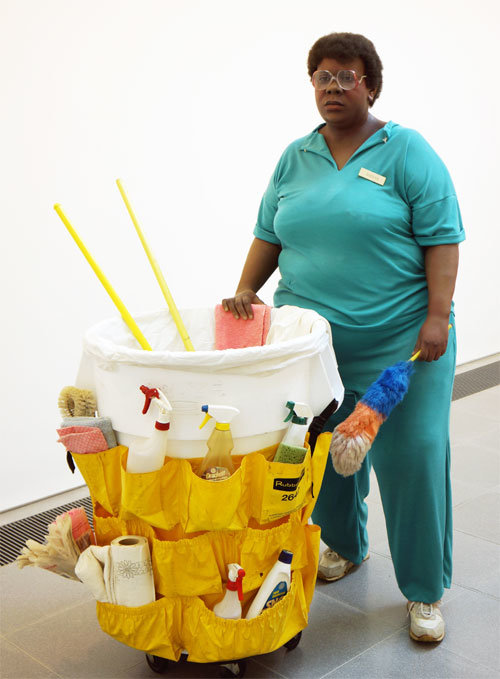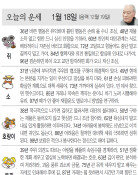My name is Queenie
My name is Queenie
Posted November. 08, 2018 07:44,
Updated November. 08, 2018 07:44

"Queenie II" was created by the late American sculptor Duane Hanson in 1988. The artist became famous by planting hair one by one on the human body sculpture that was actually modeled after a real human, put clothes on it and installed it at a certain place. His sculptures, which even express veins and bruises sophisticatedly, are so close to the reality that they often surprise the viewers.
Duane Hanson’s early work mostly incorporated social political issues such as violence, accident sites, and the Vietnam War. From the 1960s, however, he dealt with middle and lower classes. The characters of his work, such as flea market merchants, plasterers, cabin girls, and construction workers, are mostly living a life with no power. Each of these characters do not have any facial expressions and appear to be worn out by their daily lives. Hanson demonstrates the discordance of the American dream and the reality through the portraits of these "people who live a life of despair."
"Queenie" is the name of the hyper-realistic figurative sculpture. The name tag on the chest says so. Queenie is a nickname of the queen and a popular girl’s name in the Great Britain during the Victoria era. Although Queenie lives an arduous life as a cleaner, she was once a precious daughter of someone, born with blessings. It may be a name given by her parents hoping that she would become a high and noble person like the queen or a name Queenie gave to herself.
There is no person in this world who is not precious. There is no one we can treat with contempt. She appears to be telling us that her name is not a cleaner but Queenie, through her name tag. People identify with Hanson’s work because his sculptures are the hyper-realistic self-portrait of our society.







